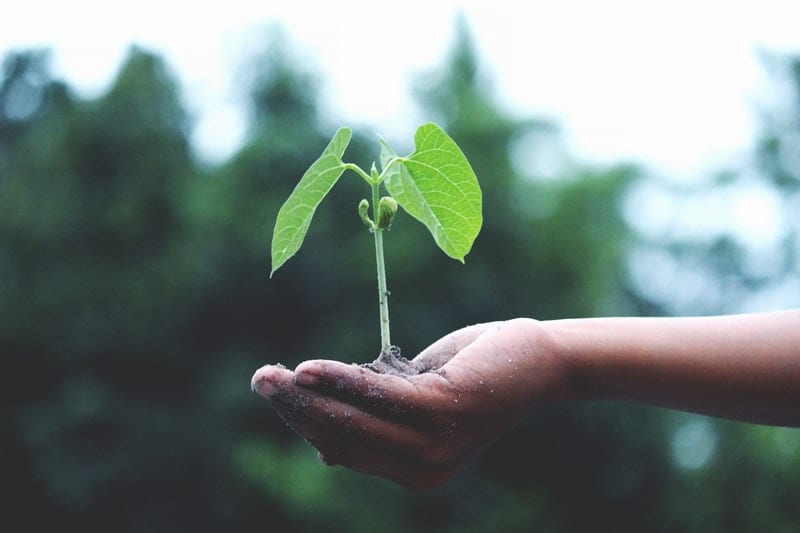Pecan trees are a great addition to any property. They grow large and beautiful, provide ample amounts of shade, and of course produce delicious pecans. It’s no surprise that many people are electing to plant these wonderful trees on their property and reaping the rewards.
One major question about the addition of a pecan tree to any property is that of its care. How do I keep it alive? How can I help it produce a large harvest each year? And what conditions does it need to thrive?
Pecan trees, like most plants, have certain preferences when it comes to their environment. Average yearly temperatures, soil type, and sunshine requirements can have a large effect on how your tree grows and produces.
Here are the conditions you will need to be able to give a pecan in order for it to provide all the wonderful benefits you are expecting.
Temperature
We all have our comfort zone when it comes to temperature. Some people are comfortable in the winter with thick coats and scarves wrapped around their necks. Others prefer to be roasting in the sunshine of the middle of summer. Trees are no different. This is why a road trip across the country will show you a wide variety of flowers, bushes, and trees.
Pecan trees prefer to exist within a moderately warm climate, although they can withstand extreme temperatures for a short amount of time if they need to. Just about every section of our country has outlier weather events that stretch the thermometer in both directions.
As a general rule, pecan trees can grow in hardiness zones 7-9, with some varieties being able to stretch outside of this.
Pecan trees don’t like to get too cold. An average of 45 to 55 degrees in the winter is ideal, but they can withstand temperatures down to 20 degrees below zero. And on the upper side of the spectrum, pecan trees don’t like to get much hotter than an average of 80 degrees. They are equipped to go outside of these ranges, but between 45 and 80 degrees is ideal.
Visit Georgia Pecan Nursery to learn more about growing a tree of your own!
Placement
So now that you’ve decided you live in an area that can support a pecan tree, you need to decide where to plant it. This isn’t as simple as choosing which section of your property would look the best with a pecan tree. Although this doesn’t need to be ignored, there are other considerations to take into account.
The first factor to consider is spacing. Pecan trees can grow to be around 100 ft tall and 50 ft wide (some grow larger, others smaller). This means they will need plenty of space when they are originally planted. And with these large heights in mind, be careful of where you are placing the young trees. Power lines, building overhangs, and anything that could get in the way of the growing tree should be avoided.
You want to give them about 60 to 80 ft between the trees if you are planting more than one. And if you want your trees to produce delicious nuts, you are probably going to need to plant more than one.
Pecan trees are separated into two types. These types release their pollen and become receptive to that pollen at different times. Grouping trees of various types together drastically increases the likelihood of pollination, and thus, nut production.
Soil
A good tree needs a good root system. And a good root system needs good soil. The entire tree is being grown right out of the ground so giving it the materials it needs sets it up for success.
All soil is not created equal. Different mixtures will have different nutrients, drainage capabilities, and more. Dirt can be found at your local big box hardware store, landscaping centers, and your local garden center.
Pecan trees are fairly adaptable and can grow in a variety of soils. However, they prefer deep soils that are well-drained and fertile while also possessing the ability to hold water. They like alkaline, acidic and loamy soils.
Moisture
Pecan trees are thirsty. They require a fairly good amount of water throughout the growing season — as much as 60 inches of water. An area that provides ample rainwater will help carry the burden of watering the pecan trees, but this can always be supplemented with irrigation.
For instance, the period of peak water requirements for pecan trees is in August and September because this is when the trees are in the kernel filling stage. Supplemental irrigation assists natural elements during this time, giving the trees the materials they need to produce a great harvest.

